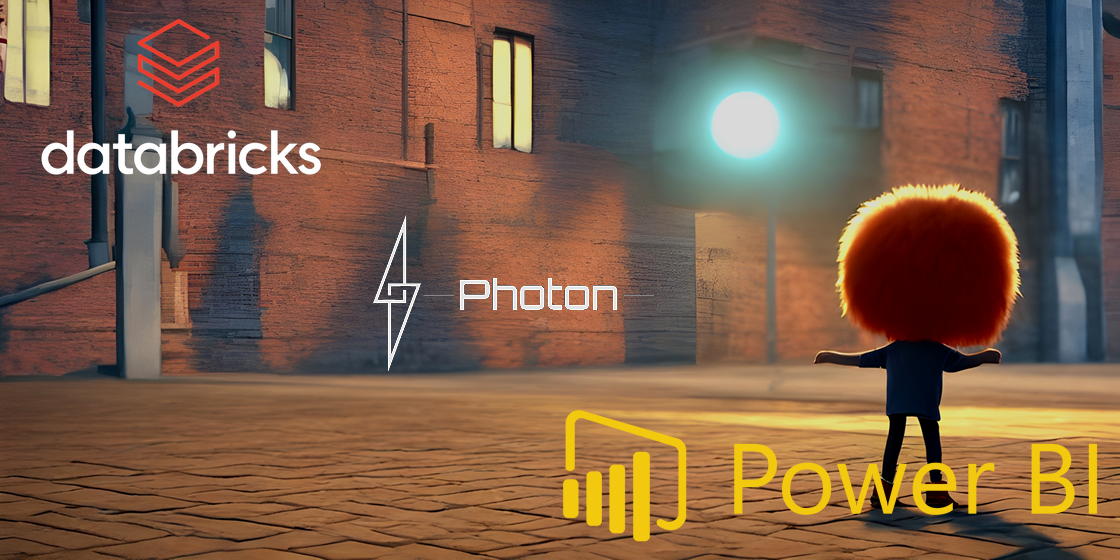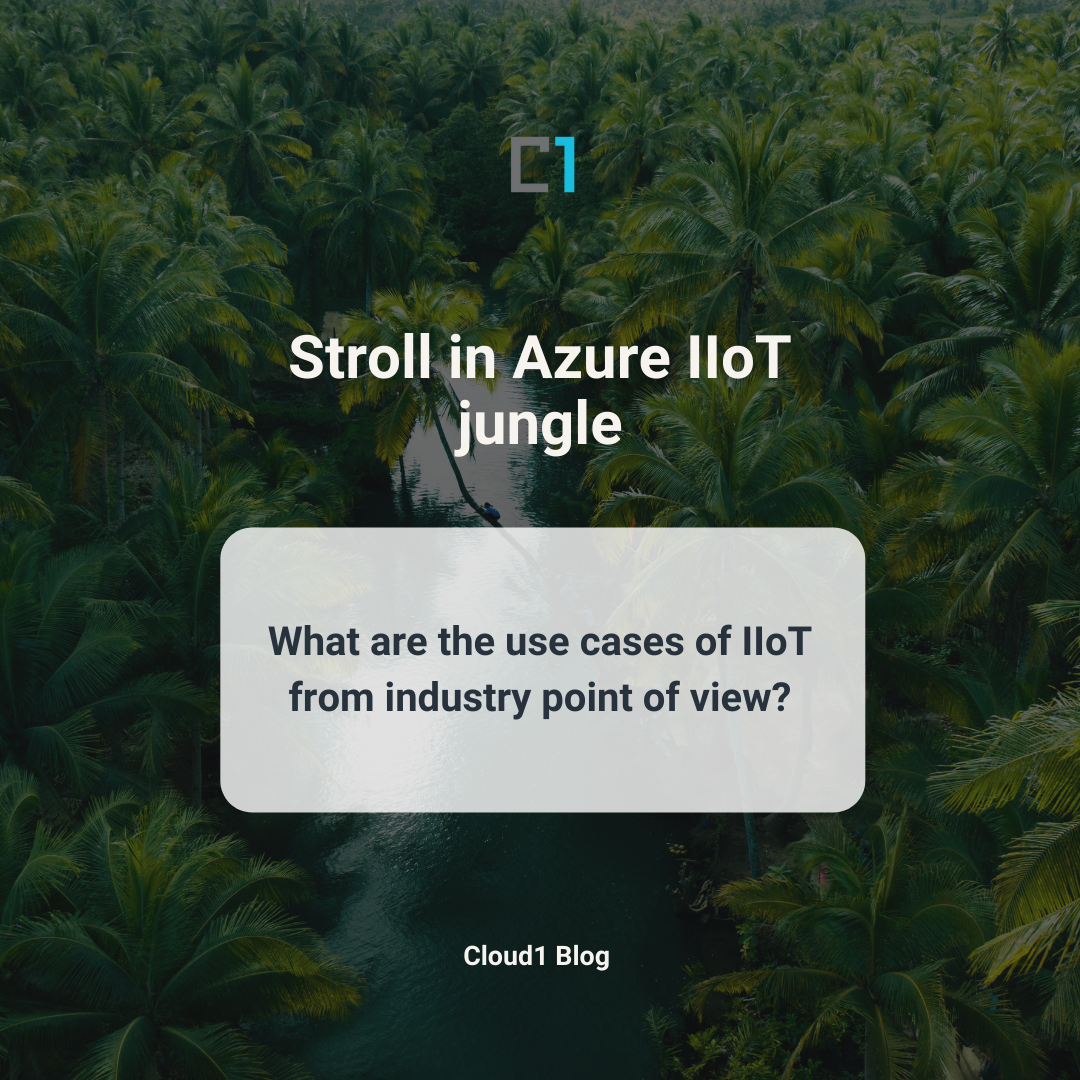
Microsoft Ignite 2025: Agent AI Takes a Major Leap Forward
Microsoft’s Ignite 2025 conference is underway in San Francisco. We’ve summarized the most relevant updates from a strategic and architectural perspective.

Microsoft’s Ignite 2025 conference is underway in San Francisco. We’ve summarized the most relevant updates from a strategic and architectural perspective.

Explore how AI will transform enterprise software and user experiences by 2030, focusing on multi-modal, multi-channel, and asynchronous interactions. Download Norrin's whitepaper.

How is an AI agent changing everyday work? When AI becomes a colleague, routines decrease while creativity and productivity grow.

Data profiling is one of my all-time favorite data development tools. A few years ago, I got to know the Pandas Profiling Python library, which does so much of the work that I previously had to do manually, mainly using SQL and Python. Data profiling can catch a wide variety of problems, but if the cause-and-effect relationship is not simple, it is not useful for a deeper investigation. The cause of the problem often has to be dug up more or less manually after profiling. So, I set out to investigate whether ML and the technologies used for its development, could somehow help me in finding the causes of quality problems.

I don't recall such hype from a single technology during my career that Open AI’s Chat GPT has made. As a regular person, I am just as into that hype as the next person. But for it to revolutionize the data industry. Well, for that we might still have a bit way to go. On that path, however, the Azure Open AI is a hefty step in the right direction. Here is a story of my first impressions trying to utilize the new service offering. I wanted to do a text analysis that would, instead of just picking up words, use some kind of intelligence to categorize the inputs. So, I started to think and search for a data set that would be relatable and would make a simple use case. Song lyrics would be perfect, right? How little did I know...

In Power BI, like in quite a few other analytics tools as well, there have always been challenges when moving to really large amounts of data. Like now, for example, analyzing a table with a billion rows. This kind of problem has usually been attempted to be answered by storing part of the data in the memory of the analytics tool, which is usually limited, and then directing detailed queries to a database. A few years back, while testing how Databricks would perform against Power BI's direct queries, I was disappointed. The speed was not as expected. And I also heard a similar comment like this last week from a report developer. But surely things must have improved somewhat in last couple of years?

Press release Embargo 27/12/2022

Tuomo Riihentupa, the new CEO of Cloud1

There are many different services on Azure that are used for IIoT solutions. Playfully I call this versatile stack as a jungle. Read to find out more!

There are many different services on Azure that are used for IIoT solutions. Playfully I call this versatile stack as a jungle. Read to find out more!

Using Pandas profiling in Databricks to run data quality analysis on a data set and evaluating the produced report.

Microsoft Power Platform is a set of applications used to automate processes, build custom applications, visualize data and distribute reports.

Creating a custom expectation with Great Expectations framework and evaluating Great Expectations from a data platform architect´s point-of-view

Whether small or large, every organization can have a lot to gain, if they decide to utilize advanced analytics.

Looking for a good candidate for data quality framework? One of the more promising ones is Great Expectations.